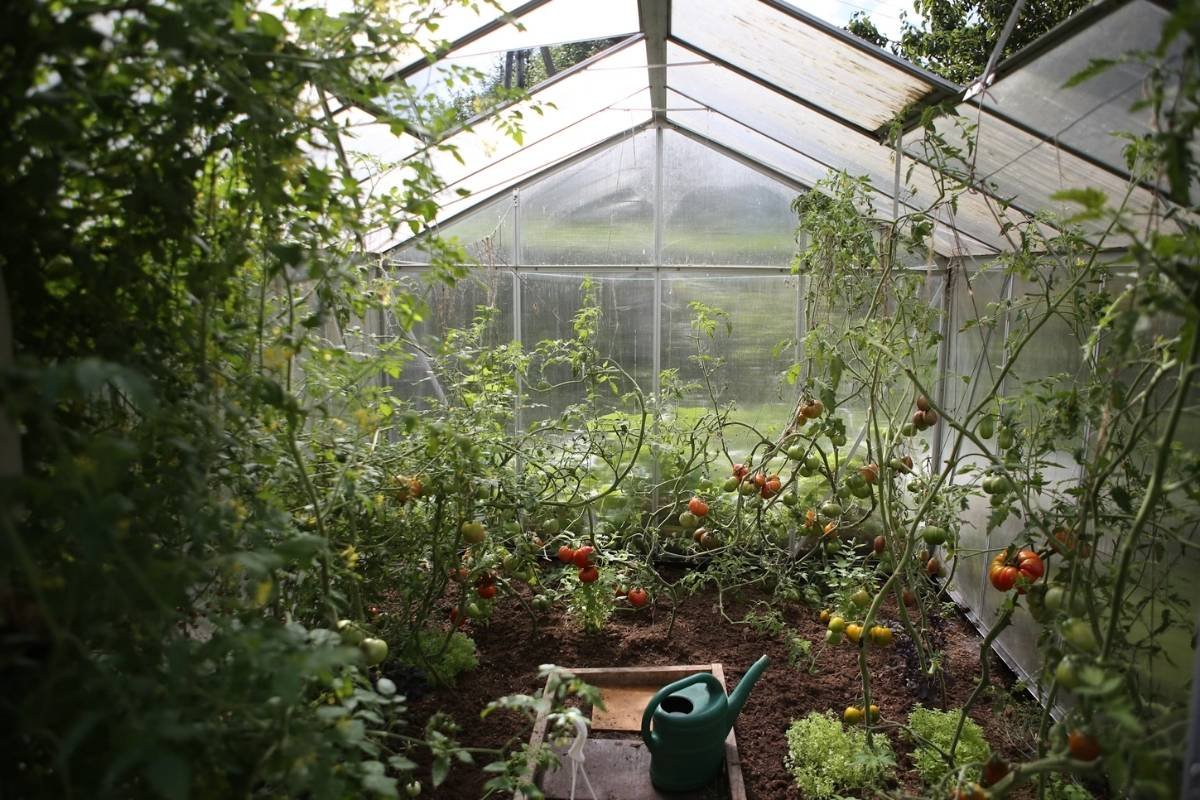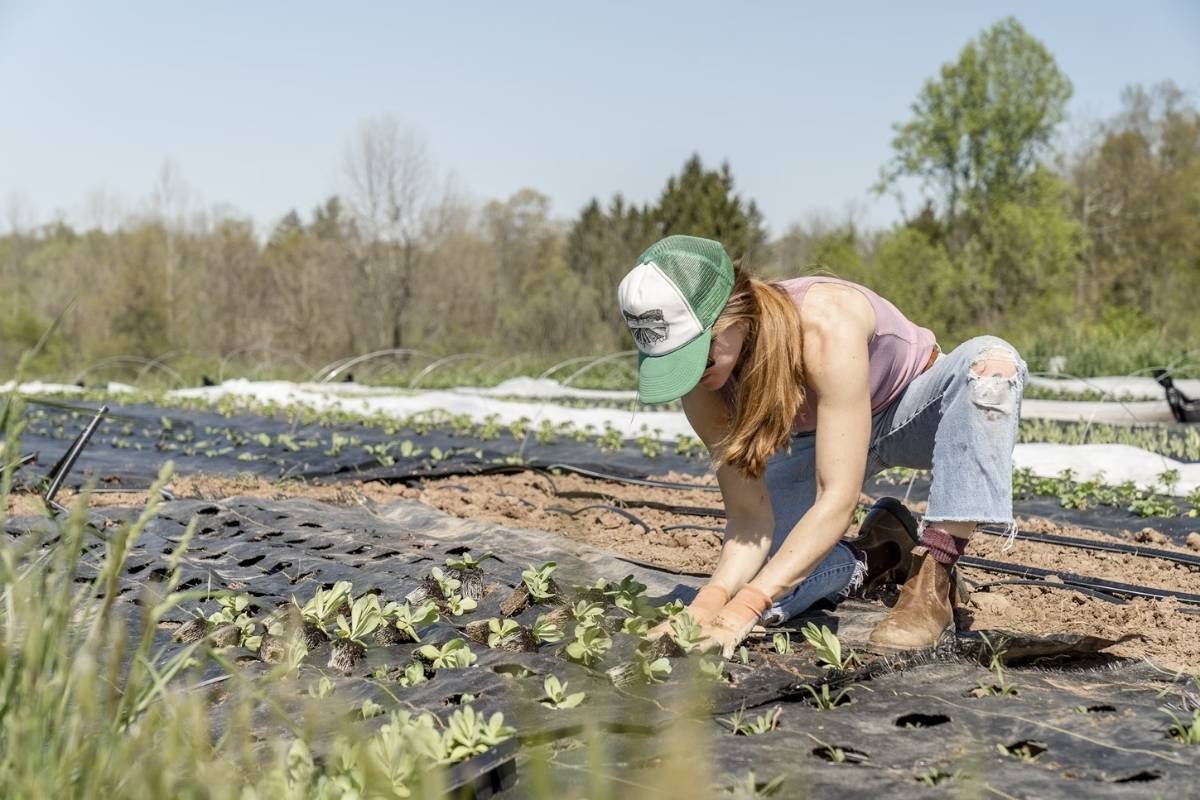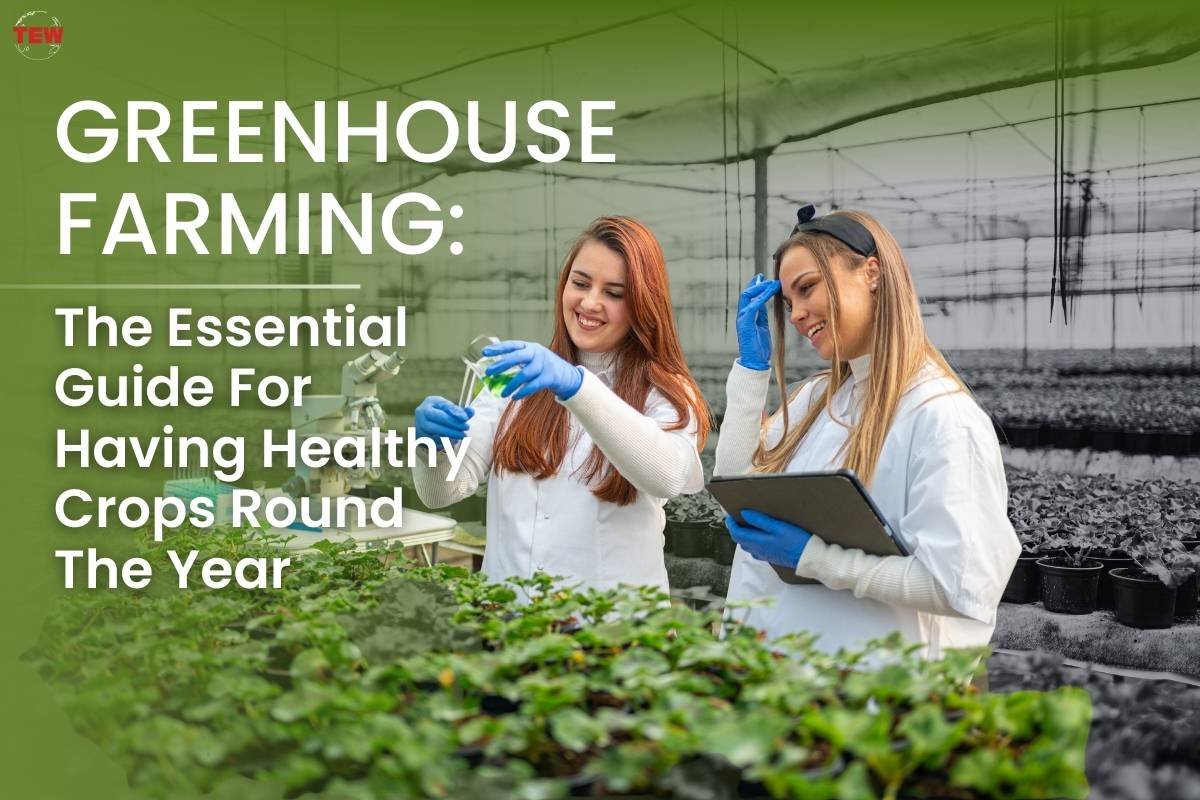Table of Contents
What is Greenhouse Farming?
With the increasing population around the globe, there has been a substantial demand for constant fresh produce, even during off-seasons. To fulfill these requirements, greenhouse farming plays a major role.
Greenhouse farming has been in practice since the 19th century. A French botanist Charles Lucien Bonaparte built the first ever practical greenhouse to grow tropical medicinal plants. Throughout the years, there has been advancement in the process of farming. In this article, we’ll cover all the factors that are important in greenhouse farming.

Greenhouse farming is the process of growing crops under a sheltered structure and providing them with partial or fully favorable environment growth conditions to grow seasonal and off-seasonal produce.
Greenhouses are framed structures covered with transparent or semi-transparent materials. They are large enough to grow the crops for their maximum growth and productivity.
Why is it Important For Farmers?
Greenhouses are an important part of modern agriculture. They allow farmers to extend the growing season of a crop as in some parts; they are limited. By enclosing their crops in the greenhouse, they can create a favorable climate for them, allowing them to grow despite the non favourable weather outside.
They also provide protection from natural disasters and pests. Extreme weather events like hail, frost, and storms can damage the plants. Confining them inside a greenhouse can protect them. They also help provide a barrier against the pests. This reduces the need for chemical pesticides and lowers the chances of infestation.
Advantages of Greenhouse Farming
Following are the advantages of including the technology of greenhouse in your farming practice.
- You can have an optimal climate for your plants to grow. The greenhouses offer precise control over factors like temperature, humidity, and light levels.
- With this precise control over the climate, you can extend the growing season and have a consistent year-round production. It increases the quality of crops as well.
- The controlled environment creates a physical barrier. This helps in keeping out the pests and reduces the use of harmful pesticides and fungicides.
- This method enables efficient resource utilization such as water, light, energy, and fertilizers, compared to traditional farming.
- It enables you to cultivate a diverse range of crops, allowing you to produce exotic or out-of-season fruits and vegetables to meet the market demand.
- It enables you to integrate smart agricultural technologies like precision agriculture and remote monitoring systems. This helps in reducing labor costs and automating processes.
- It prevents your plants from extreme conditions and birds and animals that can harm the crops.
- Greenhouses are multifunctional and can support a diverse range of plant species under one roof.
Challenges Faced While Opting For A Greenhouse

While there are many advantages, there are many challenges when you start your own greenhouse farming.
- Because of the specialized equipment and materials, investing in a greenhouse can be expensive at its initial stage.
- Energy dependency is high. The crops need consistent energy input for heating and lighting to maintain an ideal growth environment.
- Sometimes, molds can occur. You should disinfect the entire system after each harvest using water and hydrogen peroxide mix.
- Pests and diseases can still occur, but you can prevent the risk by doing good agronomic practices.
Types of Greenhouses
There are a wide variety of materials and types of greenhouses, ranging from cheap to expensive, depending on your needs.
Greenhouse Materials –
- Plastic Piping – It is the least expensive material but lacks rigidity for a large construction.
- Metal Piping – It is long-lasting and durable but it’s not a good insulator.
- Polycarbonate – It is a budget-friendly, strong, and lightweight material but it diffuses light rather than transmitting it directly.
- Fiberglass – It is the least expensive and works well in extreme climates, but it may turn yellow overtime.
- Wood – It is a good thermal insulator for cold climates.
- Acrylic – It’s expensive but long-lasting. Unlike glass, it can be molded into shapes.
- Glass – It is a traditional greenhouse material and is expensive.
Greenhouse Structures –
- Gable style
- A Frame
- Geodesic dome
- Gothic arch
- Hoop house
- Saw-tooth
- Uneven span
- Lean-to
- Abutting
Crops to Grow in a Greenhouse

Below is the list of crops that you can grow in your greenhouse which are profitable as well.
| Chilies | Citrus fruits | Grapes | Melons | Cucumbers | Eggplants |
| Peas | Potatoes | Brussels Sprouts | Kale | Strawberries | String Bean |
| Capsicum | Tomatoes | Spinach | Microgreens | Watermelons | Broccoli |
| Garlic | Pumpkin | Sweetcorn | Herbs | Onions | Cabbage |
The most profitable crop to grow in a greenhouse is tomatoes, since they are prolific. Other than tomatoes, you can also plant lettuce, peppers, cucumbers, spinach, herbs, strawberries, microgreens, onions, kale, peas, string beans, and garlic to make most of the profit.
Tips to Take Care of the Crops and Your Greenhouse
- Make a schedule to clean and organize your greenhouse weekly or monthly.
- Check the material of your greenhouse for any damage and fix it as soon as possible otherwise, they can get worse with time.
- Inspect each new plant you bring in for pests and dispose of the damaged plants.
- Make sure your ventilation system is running well for better circulation.
- Check your irrigation system daily for any damages and replace it as needed.
- Check the structure of your greenhouse regularly and oil or fix them as per your need.
- If you want to construct a greenhouse in your farm or backyard, make sure it’s facing south.
- The temperature inside your greenhouse should be between 18-24 degrees Celsius.
Greenhouse Farming in Modern Times
Greenhouses have been in use since the 19th century. In the 19th century, people began using greenhouses to grow and protect specific crops from extreme weather. They named these structures after the crops, such as orangeries or pineapple pits. But with the changing times, and introduction of new technologies, it became easier for farmers to produce crops. Today, farmers use many advanced technologies in greenhouse farming, including Aquaponic greenhouses, cooling systems, lighting, irrigation systems, automation, climate systems, control systems, and environmental monitoring. With these new technologies, the production of fresh crops throughout the year is easier and farmers can profit from it a lot.





